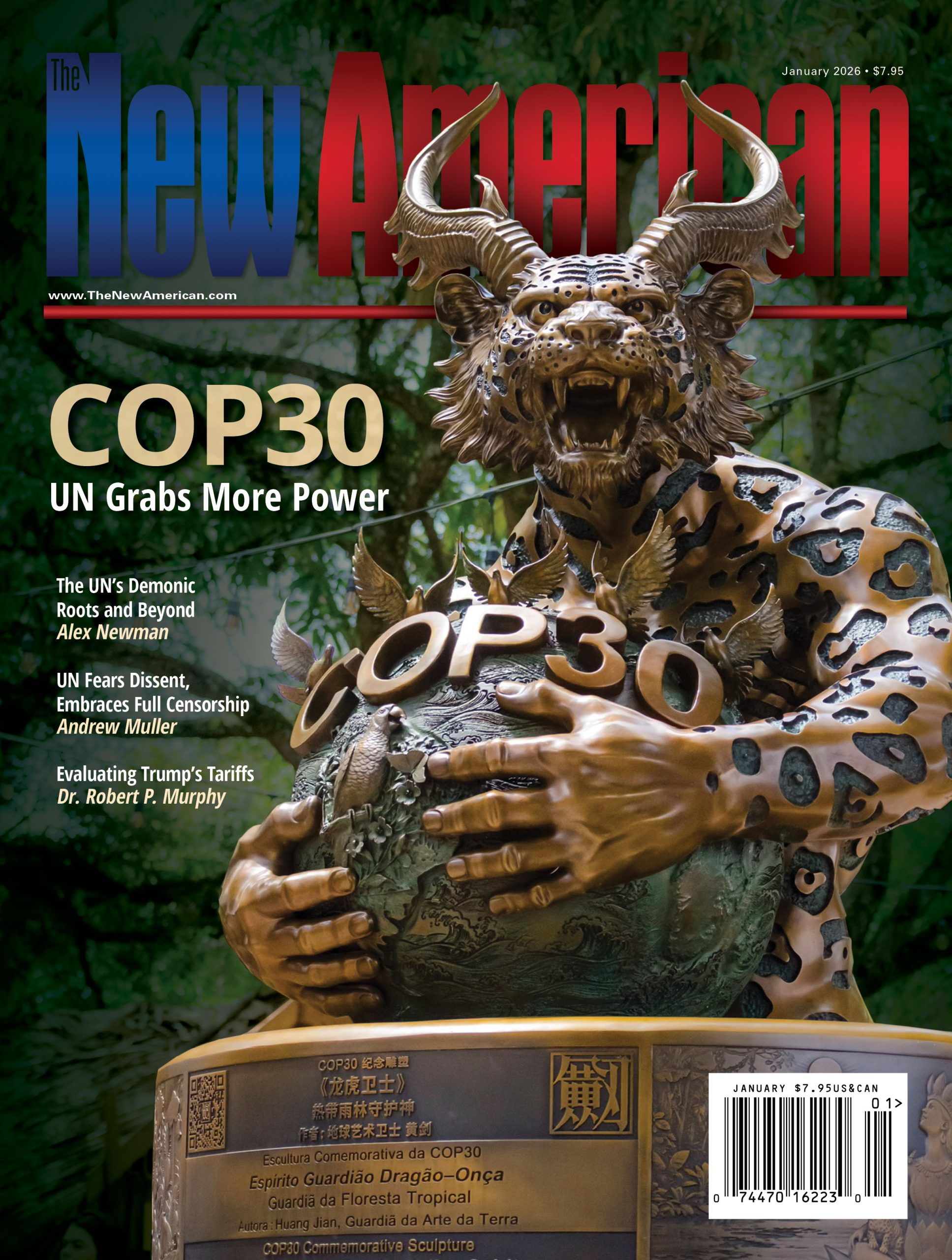Podcast: Play in new window | Download
Article V explains the process for amending the Constitution.
This includes two methods for proposing amendments as well as two routes for making the proposed changes official; better known as, “ratification.”
The process for proposing amendments is done by either;
• 2/3rds of both houses of Congress or
• by a constitutional convention called by Congress on the application of 2/3rds of the states.
The first method is how all 27 amendments were added to the Constitution, including the Bill of Rights, which are the first 10 amendments.
The second method, a constitutional convention, has NEVER been used since the Constitution was officially ratified in 1788.
So, what would such a convention look like?
A convention is an assembly of delegates, who possess special sovereign power.
This is extremely important since each delegate will hold the unrestricted power or authority for the people they are representing.
This is the same power the delegates exercised at the Philadelphia Convention in 1787.
Because of this power, they gave us a new republican form of government that was more national or centralized than the federal government under the Articles of Confederation.
A constitutional convention not only has power to propose amendments, it also has inherent power to rewrite and propose an entirely new constitution — essentially altering or abolishing the existing form of government and creating a new one to replace it.
As for how the Convention method works, there are essentially three parts to the process:
Step 1:
2/3rds of the states must “make application” to Congress for “Congress to call” a convention.
Step 2:
Once Congress receives the 34 state applications for the proposed amendments, Congress calls a convention.
Article I, Section 8, Clause 18 of the Constitution, also known as the Necessary & Proper Clause, allows Congress to organize it.
That means Congress will decide the date, time, place, delegate selection process, and other logistics.
Step 3:
Once the convention is called, organized, and the delegate selection process completed, the “Convention” begins its work to propose amendments.
States do not call a convention, nor propose amendments. What path the convention takes will dictate how it is ratified. If only amendments are proposed by the convention, the ratification process will be according to the mode of ratification chosen by Congress, either by state legislatures or by the People of each state convening in special state ratifying conventions.
However, if a new constitution comes out of a convention, that proposed constitution will have its own mode of ratification, altogether bypassing the mode of ratification in Article V.
Our current Constitution was ratified by its own ratification mode, found in Article VII, not the method from the then-existing Article XIII of the Articles of Confederation.
This is why our Founding Fathers at the Philadelphia Convention of 1787 and afterwards warned about the dangers of a second convention. And, that danger still exists today through an Article V convention.
Learn more about Article V and the amendment process by visiting JBS.org.


